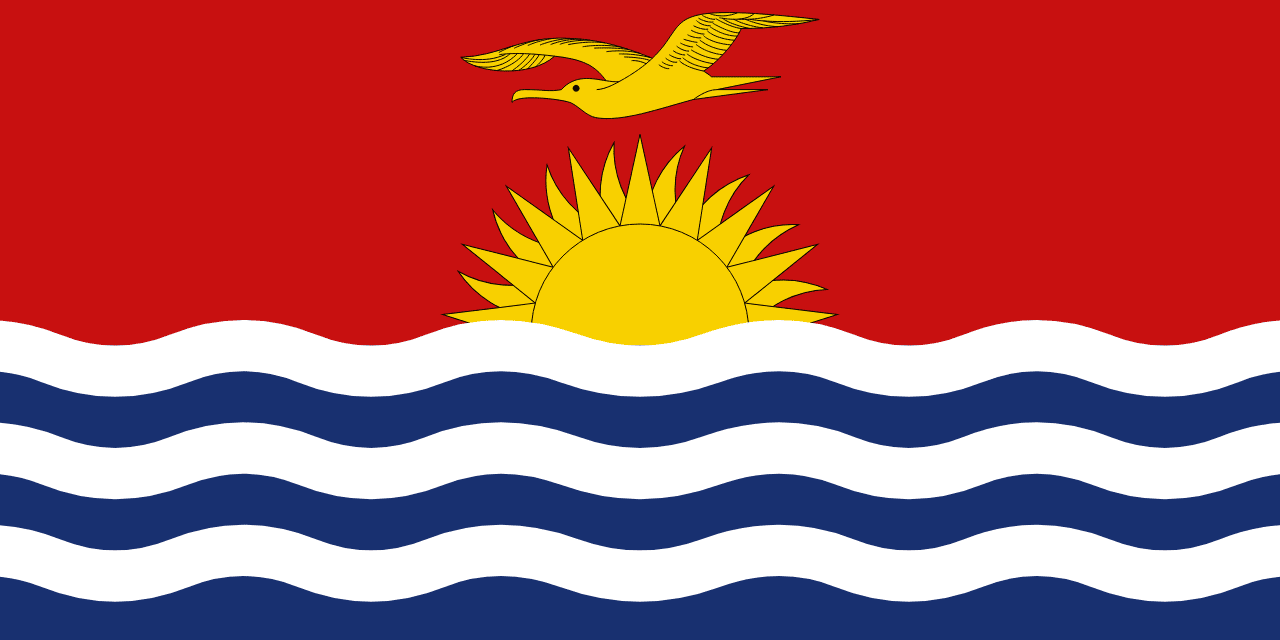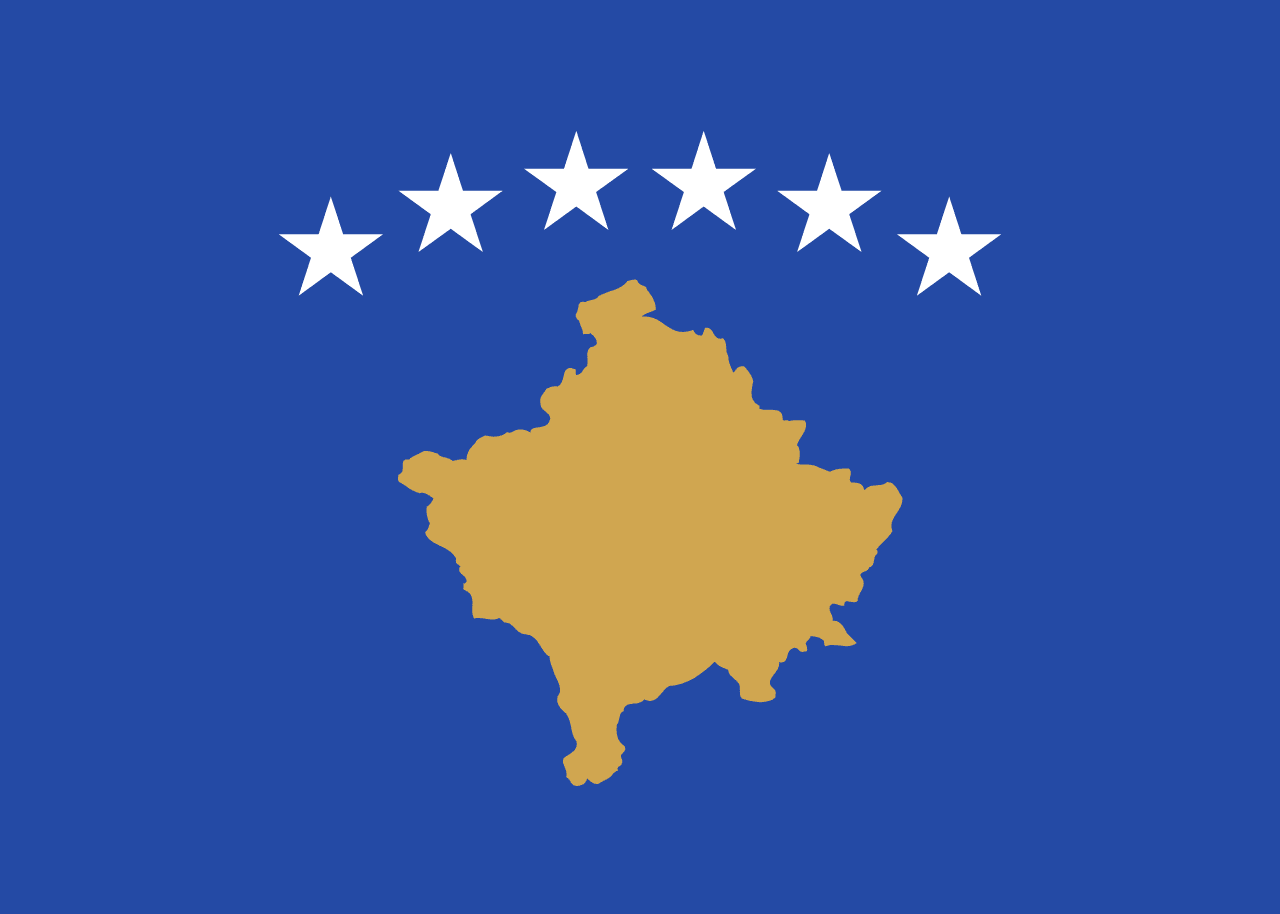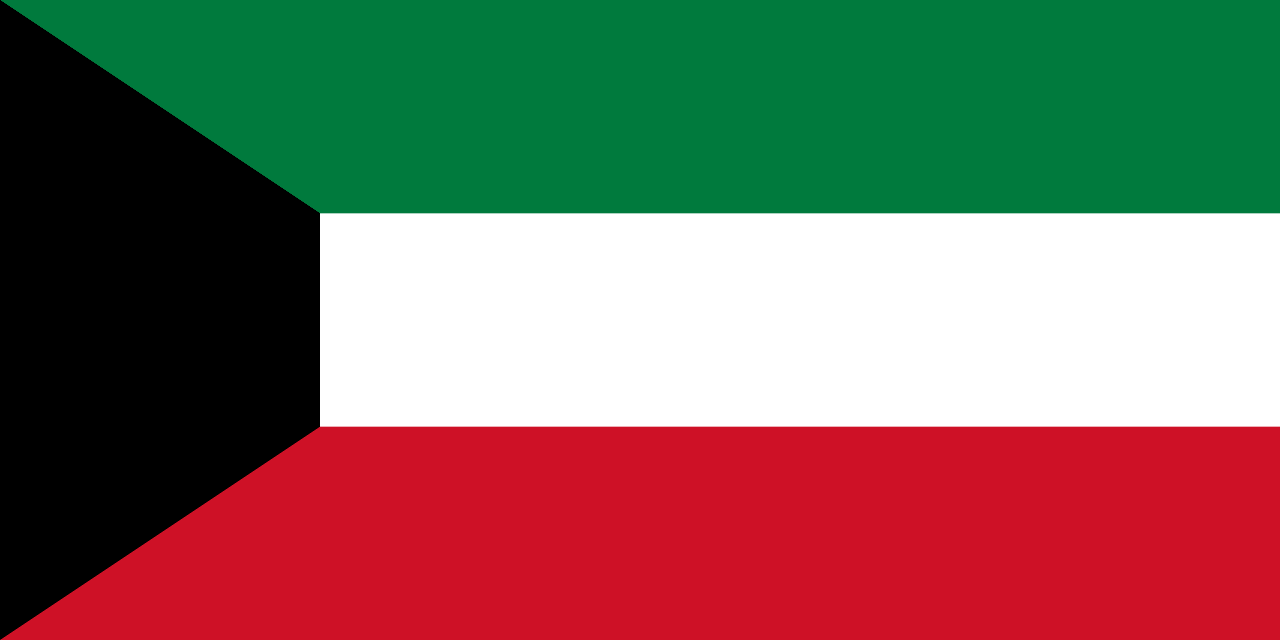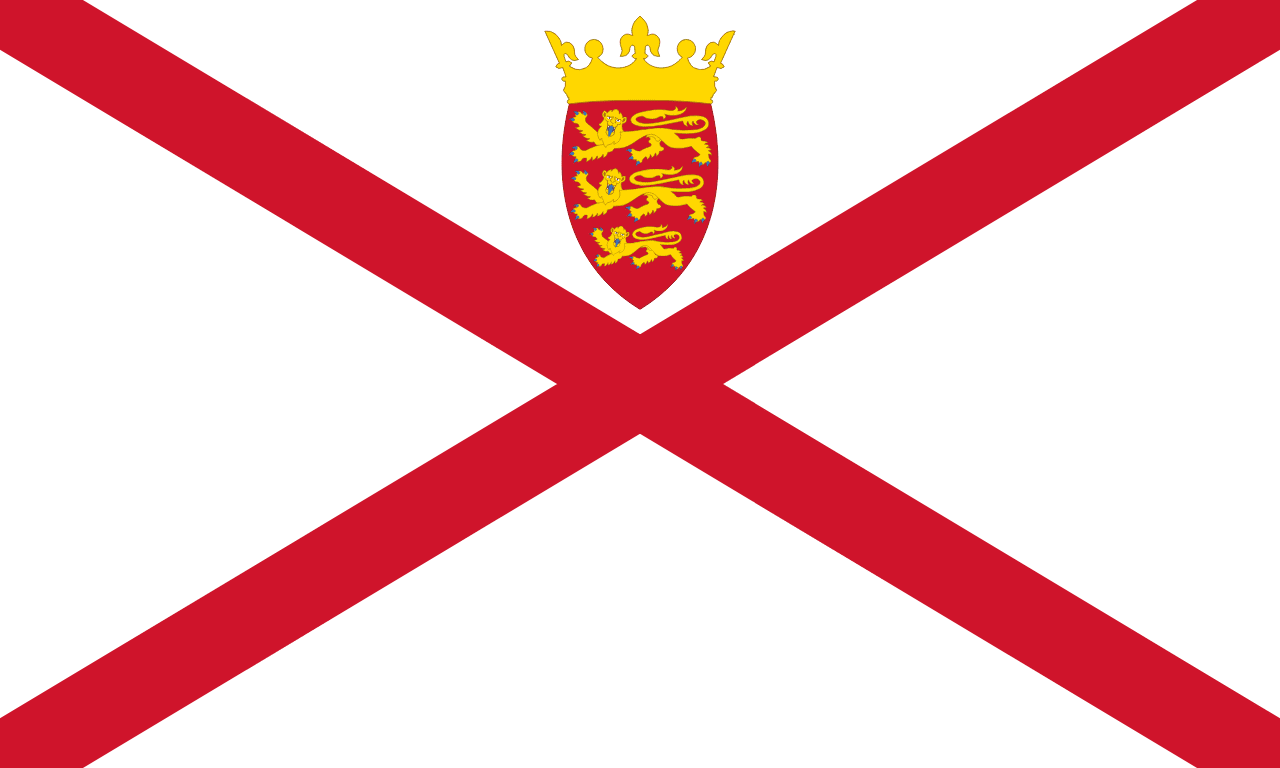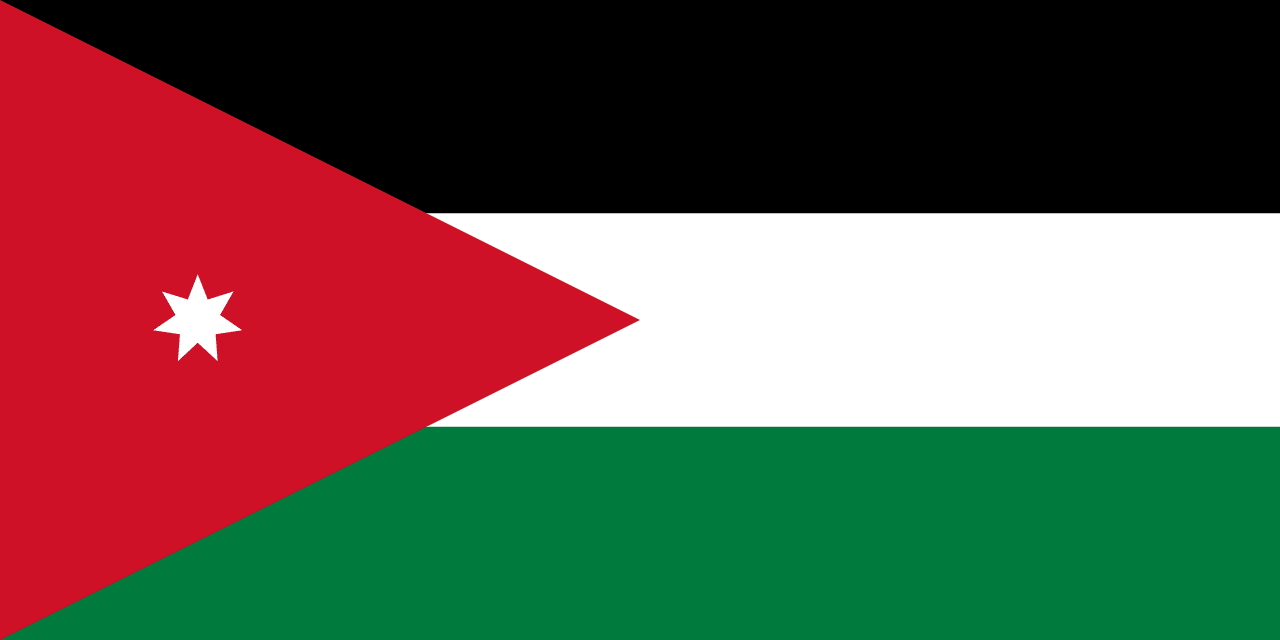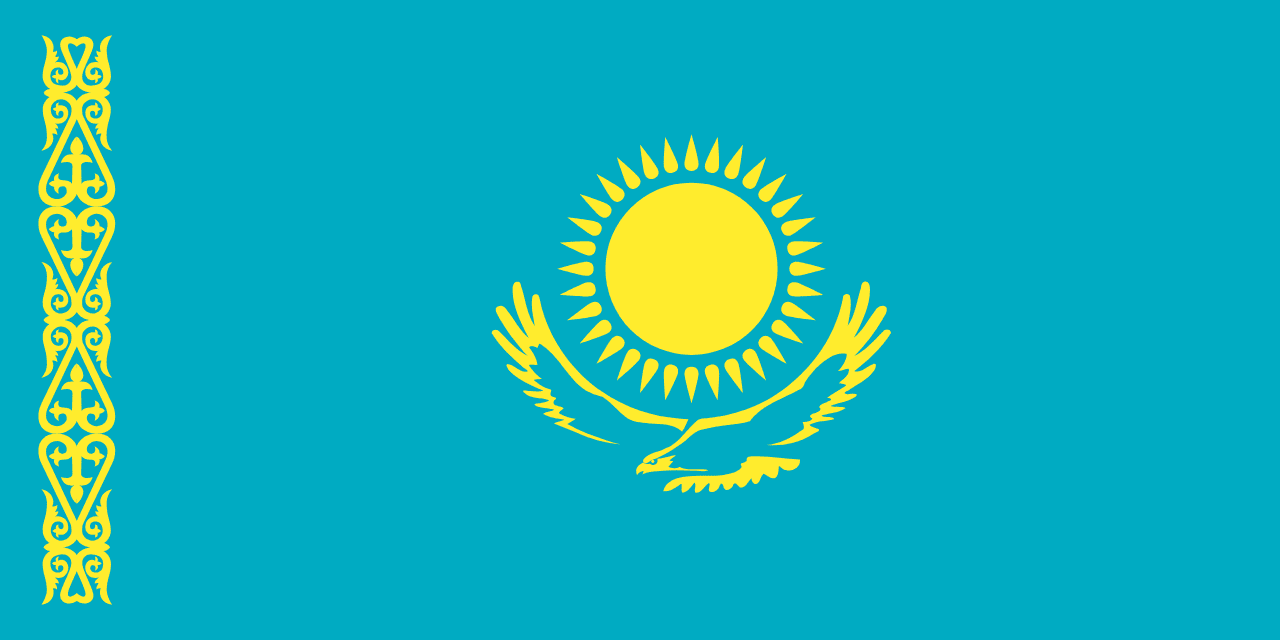The flag of Kenya features three equal horizontal stripes of black, red, and green, separated by narrow white bands. At the center is a traditional Maasai shield and two crossed spears, rendered in red, white, and black. This vibrant and symbolic design encapsulates Kenya's rich cultural heritage, struggle for independence, and aspirations for the future.
Kenya information
| National Flag Day | December 12 (Independence Day) |
| Sovereign state | Yes |
| Official name | Republic of Kenya |
| Capital | Nairobi |
| Population | 47,564,296 |
| Area | 580,367 km² |
| Currency | Kenyan shilling (KES) |
| Language | Swahili, English |
| Continent | Africa |
| Region | East Africa |
| Subregion | — |
| Borders | South Sudan, Ethiopia, Somalia, Uganda, Tanzania |
| Timezone | East Africa Time (EAT) UTC+3 |
| Calling code | +254 |
| Top-level domain | .ke |
History of the Kenyan Flag
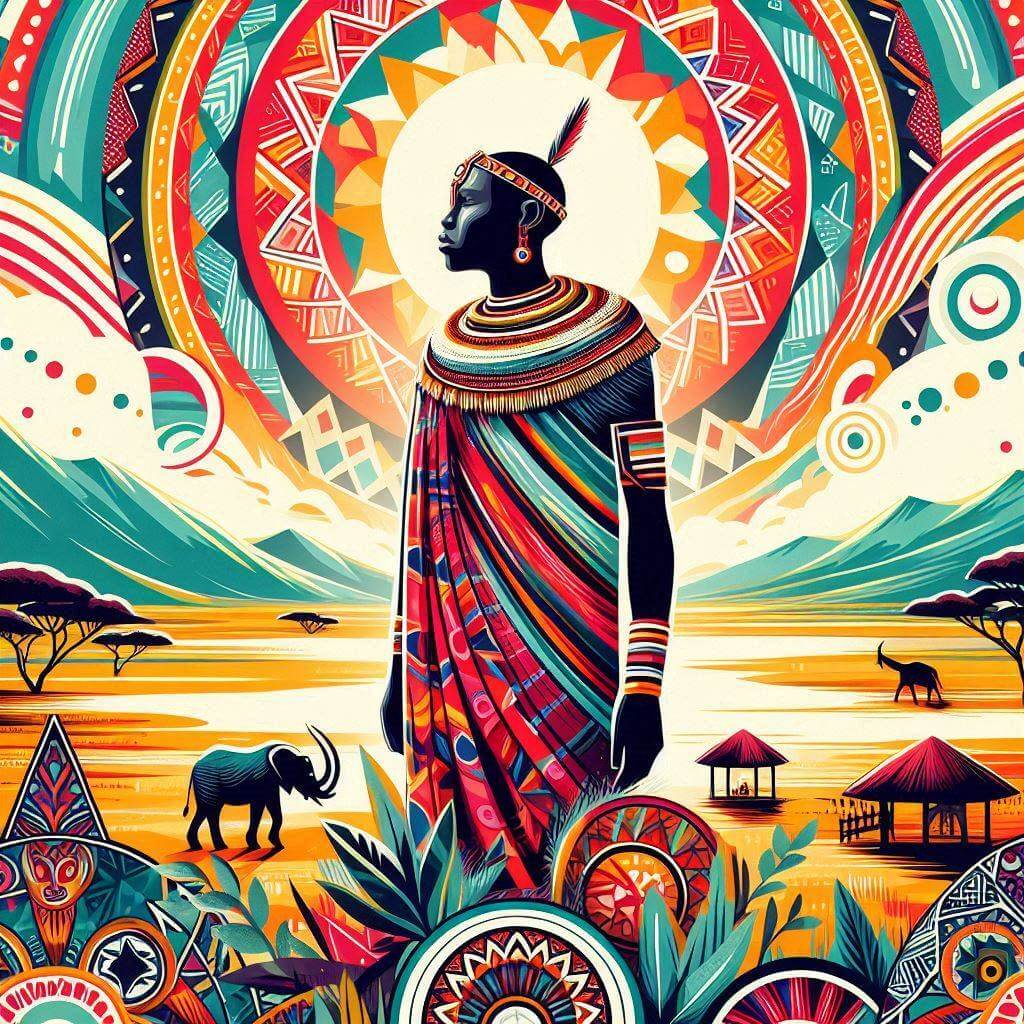 The current flag of Kenya was officially adopted on December 12, 1963, coinciding with Kenya's independence from British colonial rule. The flag's design was influenced by that of the Kenya African National Union (KANU), the leading political party in Kenya's independence movement. The incorporation of traditional Maasai symbols into a modern national flag reflects Kenya's commitment to preserving its cultural heritage while embracing its role as a sovereign nation.
The current flag of Kenya was officially adopted on December 12, 1963, coinciding with Kenya's independence from British colonial rule. The flag's design was influenced by that of the Kenya African National Union (KANU), the leading political party in Kenya's independence movement. The incorporation of traditional Maasai symbols into a modern national flag reflects Kenya's commitment to preserving its cultural heritage while embracing its role as a sovereign nation.
Symbolism and Design of the Kenyan Flag
Each element of the Kenyan flag carries deep symbolic meaning. The black stripe represents the people of Kenya and their African heritage. The red stripe symbolizes the blood shed during the struggle for independence. The green stripe represents the country's natural wealth and agricultural resources. The white fimbriations between the stripes symbolize peace and unity. The Maasai shield and spears at the center are traditional symbols of defense of freedom, representing Kenya's readiness to defend its independence and values. The shield's red color symbolizes the blood of the people, while its black and white patterns represent unity between Kenya's black majority and white minority.
Usage and Significance of the Kenyan Flag
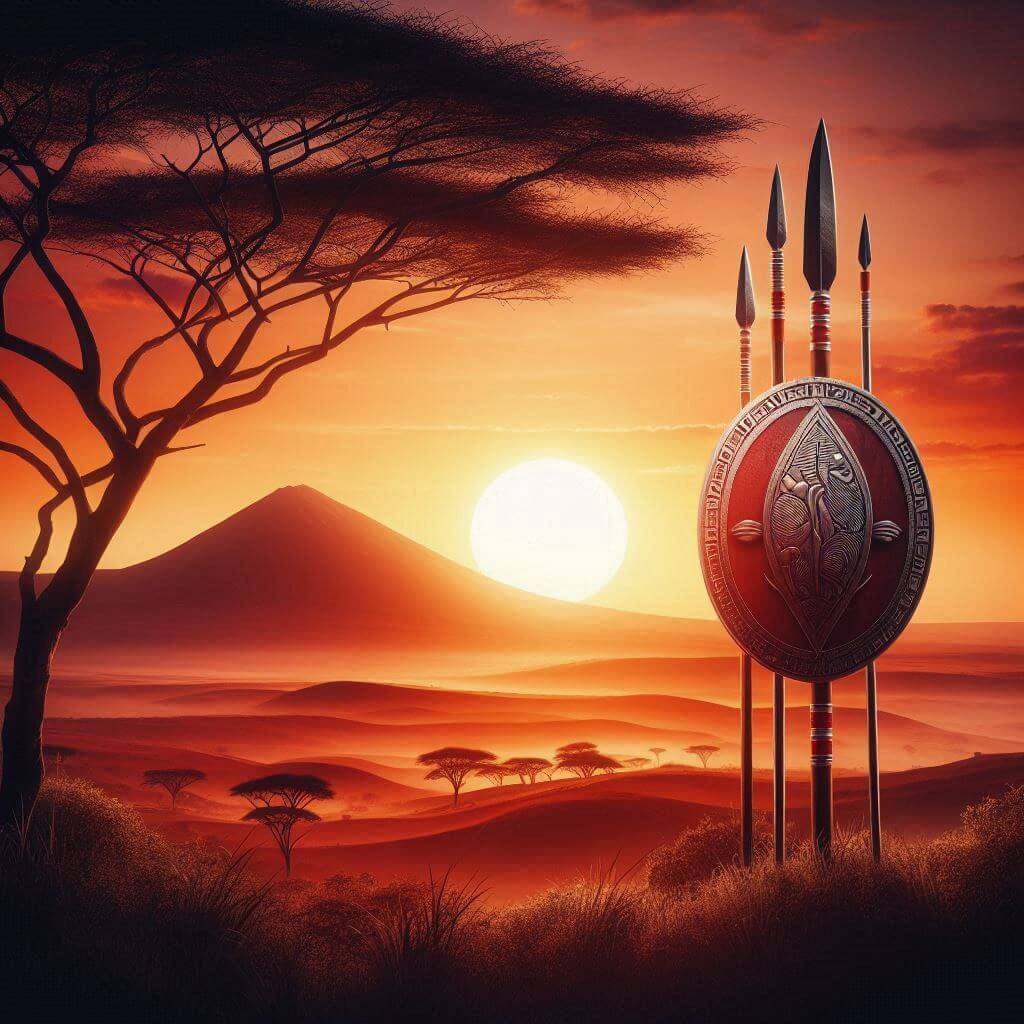 The Kenyan flag serves as a powerful symbol of national identity, unity, and pride. It is prominently displayed during official ceremonies, national holidays such as Jamhuri Day (Independence Day) on December 12, and at government buildings. The flag plays a crucial role in representing Kenya in international forums, diplomatic events, and sporting competitions. Its distinctive design has become an integral part of Kenya's national identity, embodying the country's rich cultural heritage, natural beauty, and aspirations for progress and unity.
The Kenyan flag serves as a powerful symbol of national identity, unity, and pride. It is prominently displayed during official ceremonies, national holidays such as Jamhuri Day (Independence Day) on December 12, and at government buildings. The flag plays a crucial role in representing Kenya in international forums, diplomatic events, and sporting competitions. Its distinctive design has become an integral part of Kenya's national identity, embodying the country's rich cultural heritage, natural beauty, and aspirations for progress and unity.
Interesting Facts About the Kenyan Flag
- The Kenyan flag is one of the few national flags to feature traditional African symbols prominently in its design.
- The flag's colors are sometimes referred to as the Pan-African colors, shared by many other African nations and symbolizing African unity and liberation.
- During the Mau Mau Uprising against British colonial rule in the 1950s, a variant of the current flag was used as a symbol of resistance.
- The specific design of the Maasai shield on the flag was created to be a simplified, stylized version that could be easily reproduced.
- Kenya has strict laws governing the use and display of its national flag to maintain its dignity and significance.
